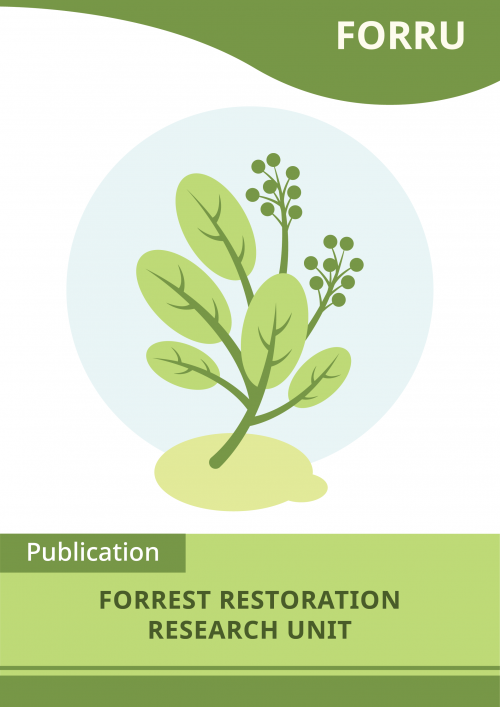Defining forest restoration for wildlife conservation

Elliott, S., 2000. Defining forest restoration for wildlife conservation. Pp 13-17 in Elliott, S., J., Kerby, D. Blakesley, K. Hardwick, K. Woods and V. Anusarnsunthorn (Eds). Forest Restoration for Wildlife Conservation. Chiang Mai University.
Deforestation in the tropics is now widely accepted as one of the greatest threats to wildlife on Earth. The last decade of the 20th century saw rapid changes in attitudes towards this problem and some innovative attempts to devise solutions. In many parts of Southeast Asia, producing timber by logging natural forests is rapidly becoming a thing of the past, not only because forest areas where logging remains economically viable are diminishing, but also due to growing public opposition. Some countries, such as Thailand, have completely banned commercial logging in natural forest, whilst others have imposed stricter controls, in an attempt to achieve sustainable timber production. With the traditional logging industry under pressure, more timber plantations are being established. The hope is that vast plantations of eucalypts, pines, teak etc. will meet the increasing demand for timber, paper, fuel-wood etc. Although these plantations will become essential to provide wood products, they do not provide suitable habitat for the millions of plant and animal species that formerly inhabited the forest ecosystems they are replacing. Within conservation areas, such as national parks and wildlife sanctuaries, reforestation should meet the needs of wildlife, rather than those of the timber industry. Southeast Asia has an extensive system of protected areas. Many of these areas, however, encompass large deforested or degraded sites that require forest restoration, primarily for wildlife conservation and environmental protection.
For the complete volume please click here.



